Perpignan city guide: Where to eat, shop and stay in the ‘Catalan capital’ of France
A captivating mix of Old Town alleys, genre-spanning architecture and museums, plus tempting markets and restaurants, makes this Pyrenees city a worthwhile destination, says Anna Richards

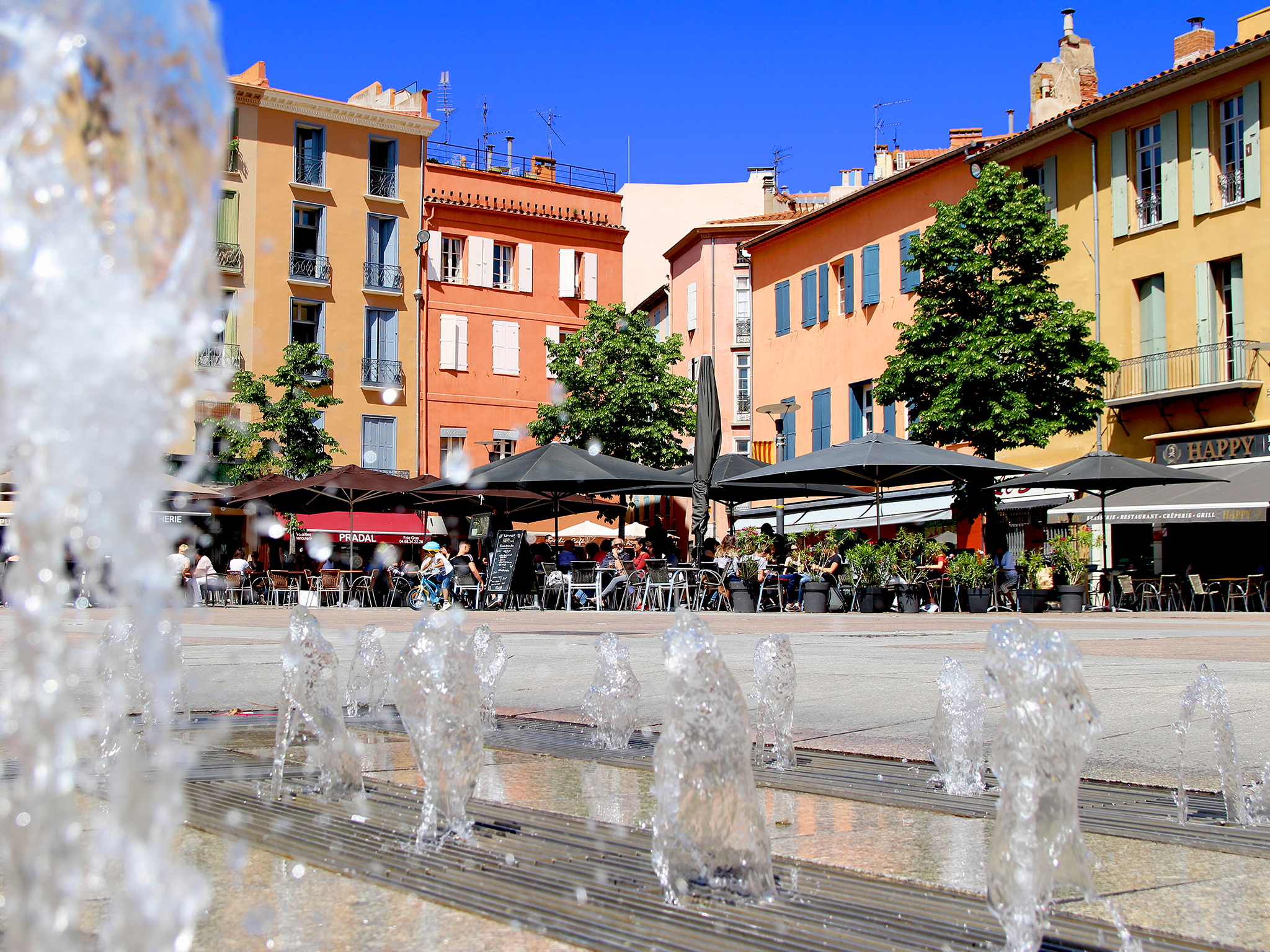
Perpignan has hogged the limelight for centuries. First as the mainland capital of the kings of Mallorca until 1349, then as Catalonia’s second city (after Barcelona) until the region was annexed to France in 1659. By the early 20th century, it was attracting the most notable artists of the time, including Picasso, Lurçat and Dalí. After a fall from grace in the concrete, post-war years, the old town has been re-pedestrianised and is reclaiming its artistic heritage.
Not quite French, nor Spanish, but thoroughly Catalan, this city is as bright and vibrant as the red and yellow striped flags that adorn the colourful buildings.
What to do
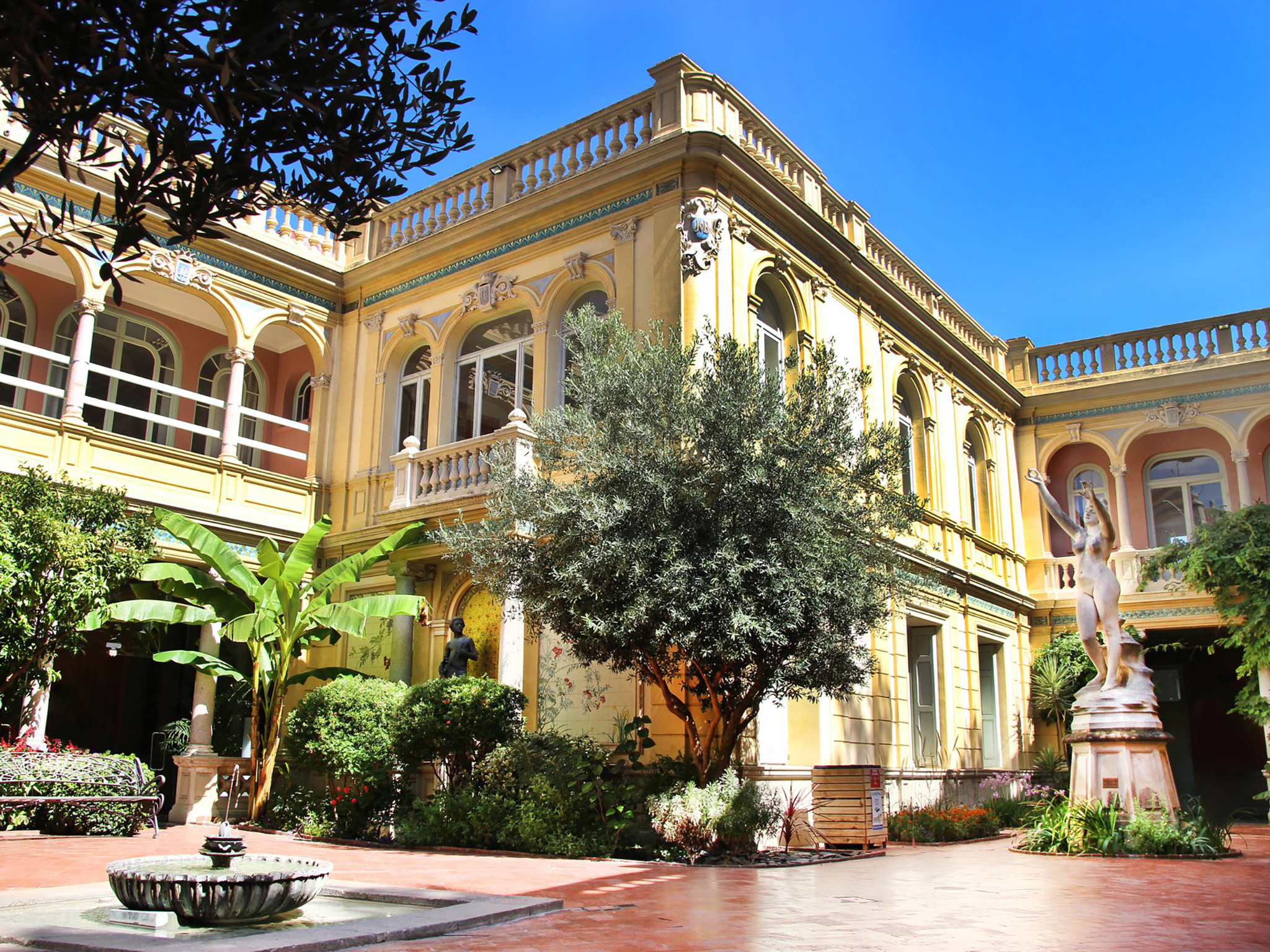
There’s an undisputed highlight in Perpignan and that’s L’Hôtel Pams. The Art Deco mansion was the residence of Pierre Bardou, who made his fortune producing JOB cigarette papers, and was redesigned by his daughter Jeanne and her politician husband, Jules Pams. Eccentric, opulent and decorated with wall frescoes from head to toe, Hôtel Pams is like a mash-up between London’s Leighton House and the Sistine Chapel. It’s small enough to visit in 20 minutes, but if the weather is fine (and it often is in Perpignan), take a book and camp out in the courtyard garden on the first floor.
Read more on France travel:
From here, travel right back to Perpignan’s heyday as the continental seat of the Mallorcan monarchy. Le Palais des Rois de Majorque may seem bare at first glance (it was used as army barracks for decades) but the original wall paintings that have been uncovered, dating from as early as the 13th century, are remarkable. If visiting in July or August, keep an eye on their events schedule; there are regular open-air concerts, and the palace will be hosting the two-day Catalan music festival, Festa Majorque.
Winding your way back into the old town, it’s a short hop to Cathédrale-Saint-Jean-Baptiste. The stained-glass windows catch the eye, but don’t miss the organ with its cartoonish (and not terribly politically correct) Moorish head, whose mouth opens and closes as the organ is played.
Finish up with a journey through Perpignan’s artistic heritage at Musée Hyacinthe-Rigaud. There’s everything from classical portraits of Louis XIV to Impressionism to photo exhibitions of Picasso’s many visits to the city, and occasionally the museum hosts yoga classes among the exhibits.
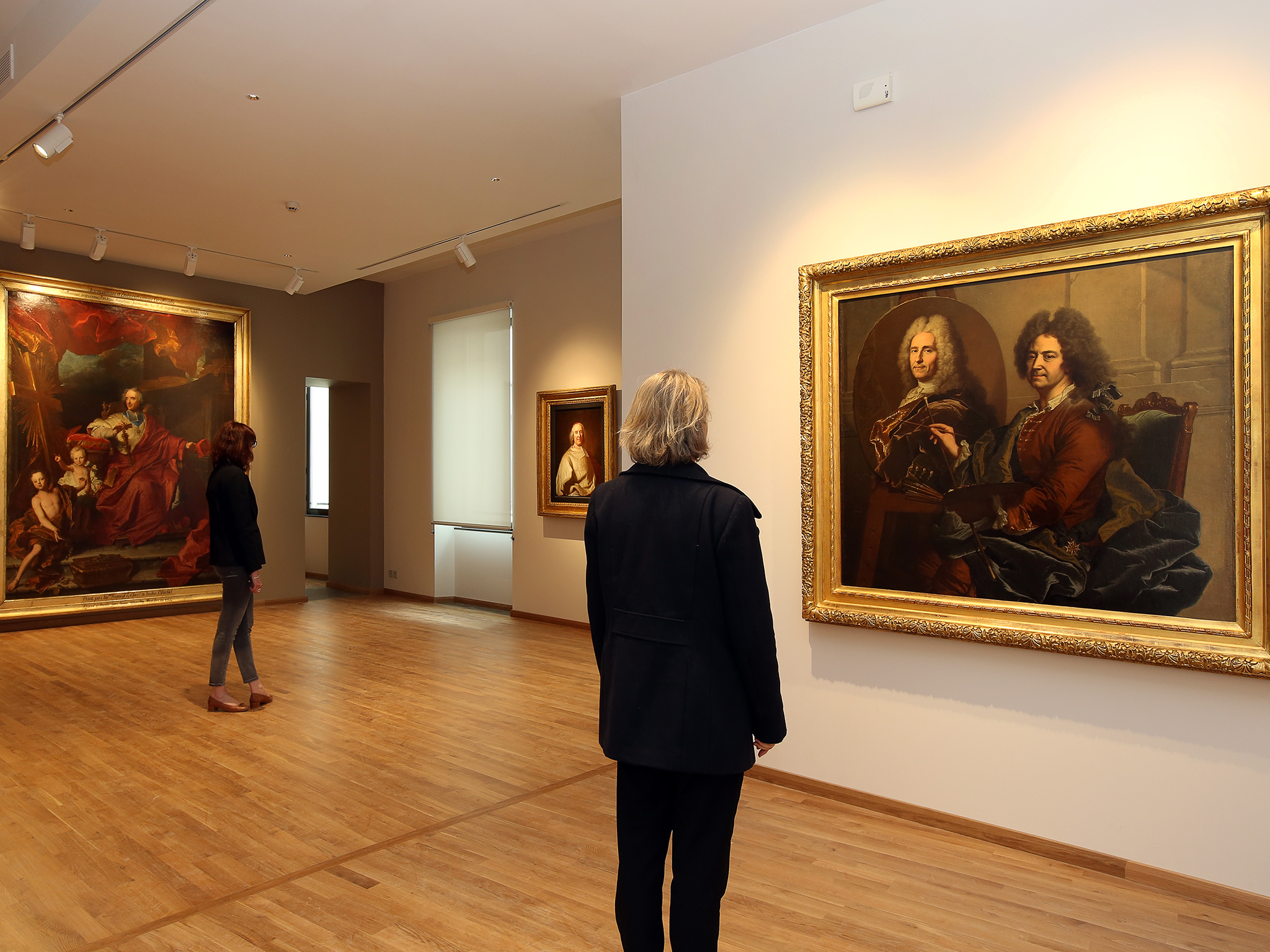
Got enough time for a day trip? Rent bicycles from Bouticycle (€30 a day, a bus ride from the city centre) and follow designated bike lanes along the River Têt for 10km (6.2 miles) to reach the golden sands and dunes of Sainte-Marie-la-Mer. Summer visitors, consider coinciding your trip for one of the excellent festivals in the area. Electrobeach (14–16 July; Eric Prydz is headlining in 2023) and Les Déferlantes, (6–9 July; fronted by David Guetta, Rosalia and Sting this year) are both in Le Barcarès, 20 kilometres from Perpignan.
Where to stay
Dalí Hôtel is the lavish brainchild of Laurence Delmotte and her husband, who began their journey in hospitality at luxury hotel Abbaye des Capucins in Montauban. A lockdown project, it’s a quirky mix of Art Deco stained-glass windows and ornaments and photo exhibitions of Dalí himself. Rooms are spacious and bathrooms come equipped with both rain showers and detachable shower heads. The location (10 minutes on foot from Perpignan’s main attractions), extensive wine cellar and superior customer service seal the deal.
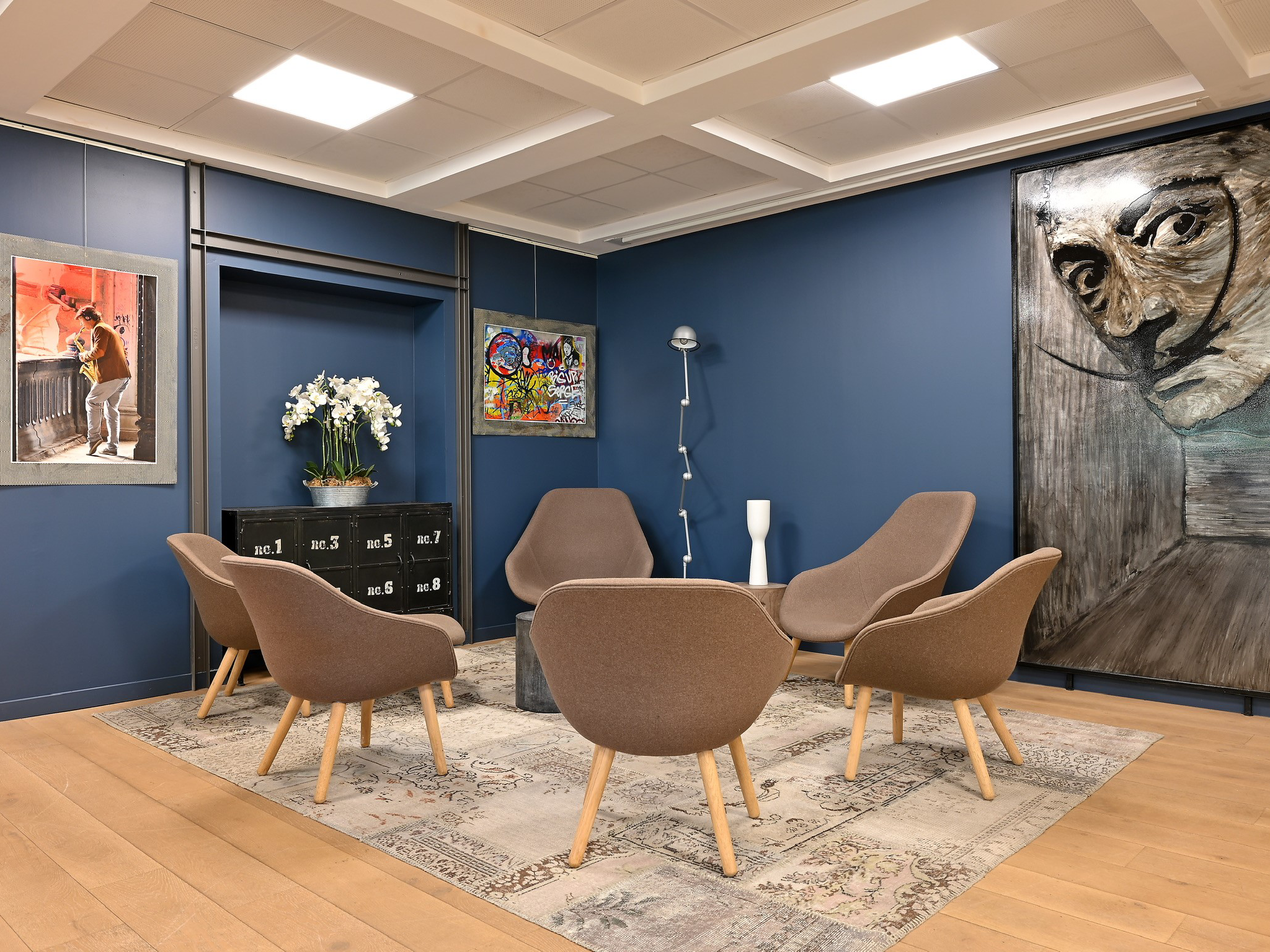
Budget travellers and festival-goers not afraid of a little noise should check into the Auberge de Jeunesse conveniently located just across the ringroad from the old town. It’s recently undergone a facelift and is equipped with a sizable garden.
For a fly and flop, La Villa Duflot, two kilometres from the city centre, has a generous swimming pool, spa and beautifully manicured gardens.
Where to eat
Perpignan is proud to be Catalan and this shows in the city’s spread of restaurants, largely dominated by Catalan specialities served alongside tapas or French gastro menus. Guapo serves up belly-fillers at reasonable prices (the pan tomate,costing just €5.50, is large enough to be a meal on its own), and a varied selection of regional wines. For Catalan cuisine served with old-world flair under whitewashed arches in an old town backstreet, Le Figuier has a pleasingly compact menu and dishes up specialities from the turf and the surf, including cuttlefish, cod and prawns. Vegetarian options, however, are limited.
All-day dining is a rarity in France, but Café Vienne attracts international clientèle by serving up rib-stickers all day during their opening hours between 10am and 10.30pm. The Art Deco design sits somewhere between an arboretum and Gatsby’s mansion and owner Camille Otero (who has been in the restaurant game since age 23) mills among the tables to chat to regulars and newbies alike. Their potato gratin is melt-in-the-mouth.
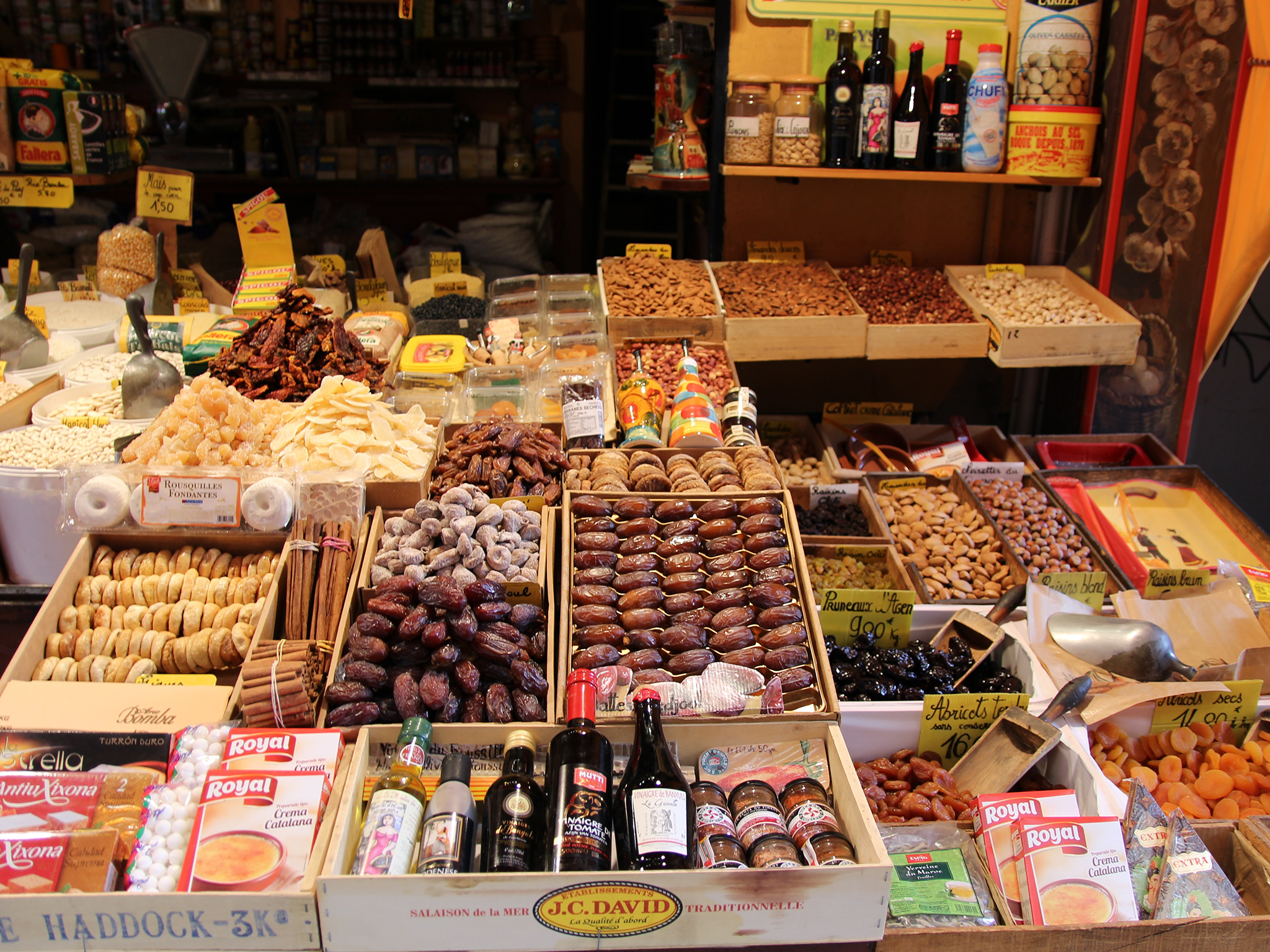
Prepared to travel? Restaurant Nikkei by Ruben Gomez (three kilometres from the city centre) is bowling over clients with sushi-heavy Japanese-Venezuelan fusion cuisine worthy of the glossy pages of a food magazine.
Where to drink
Positively encircled by vineyards and with a thirsty student population to boot, it’s little surprise that Perpignan’s wine bar selection is varied and inexpensive. New kid on the block, Lady Jaja, is one of the best, with both international wines and vintages from the owner’s own vineyard. They regularly host live music events and exhibitions, and are open until 2am from Tuesday–Saturday. TET, in an up-and-coming residential quartier, may look unassuming from the outside, but their beer selection and Catalan DJ nights guarantee good vibes.
Best of the bunch is Les Halles Vauban, a covered market complete with a large, atmospheric beer garden lit with fairy lights. Eat here too and you won’t be disappointed: there’s everything from pastel de nata to Moroccan tagines.
Where to shop
Artisan crafts are the name of the game, with everything from handmade jewellery using locally mined garnets to violin makers. For an experience that will tempt even the most reluctant shopper, go to Sant Vicens, run by Claire Bauby Gasparian. An old mas (Catalan smallholding), it was started by her great uncle Firmin Bauby, who rubbed shoulders with Picasso and Dalí. With works by both, plus ceramics and tapestries by Jean Lurçat, artfully displayed in old wine barrels, it’s a feast for the eyes. Bauby Gasparian sells her own hand-painted, hand-fired ceramics and runs small group workshops.
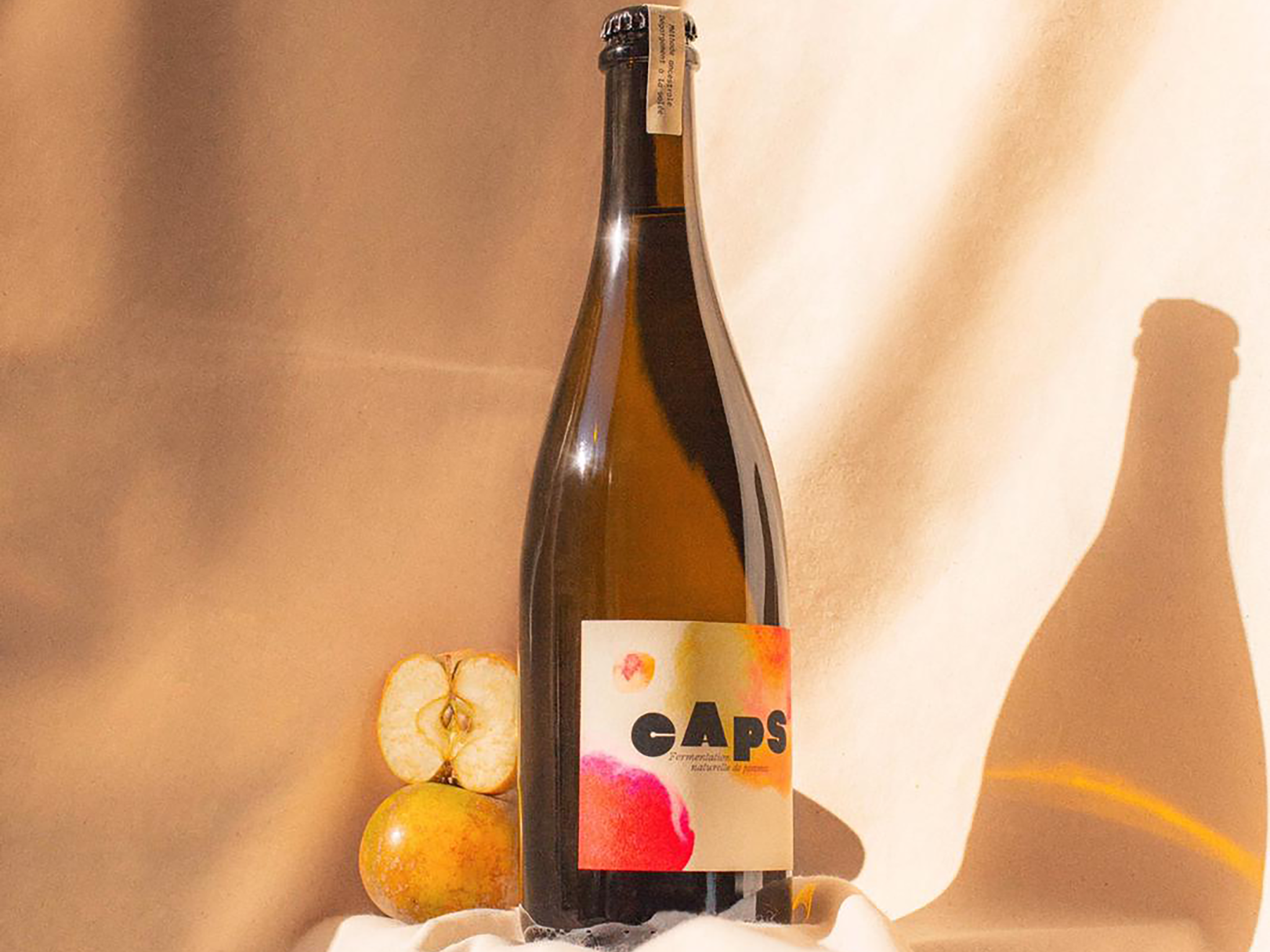
Languedoc-Roussillon may be best known for wine, but enterprising young couple Gabriel Juilland and Agnès Dechanteloup have set up the city’s first cider distillery, La Cidrerie, from the garage of their townhouse. Using apples supplied by an orchard just outside town, they’ve produced two delicious, entirely sugar-free blends. But note, visits are by appointment only.
Architectural highlight
The inimitable Hôtel Pams; in particular, its marble staircase.
FAQs
What currency do I need?
Euros.
What language do they speak?
French.
Should I tip?
Tipping isn’t required in France, but is appreciated.
How should I get around?
On foot, the city centre is compact and largely pedestrianised. The city’s bus network is comprehensive and inexpensive at €1.30 per trip, or a pass for 10 trips costs €9.10.
What’s the best view?
From the tower of the Palais des Rois de Majorque. It takes in the Mediterranean, Mount Canigou in the Pyrenees (standing at over 2,700m) and the Pic de Bugarach, a mountain peak made famous by a Mayan prophecy that claimed that when the world ended it would be the sole place saved (fear not, as this was due to happen in December 2012).
Insider tip?
On Monday evenings during the summer, a cobla (Catalan orchestra) plays outside the Hotel de Ville and locals and visitors alike dance La Sardane (a traditional dance in a circle) in the square. Free participation, all welcome.
Getting there
Trying to fly less?
High-speed TGV rail links from Paris Gare de Lyon take five hours.
Fine with flying?
Perpignan’s airport has direct links with London Stansted, Birmingham, Dublin and Leeds Bradford.
Read more on the best Paris hotels
Join our commenting forum
Join thought-provoking conversations, follow other Independent readers and see their replies
Comments
Bookmark popover
Removed from bookmarks